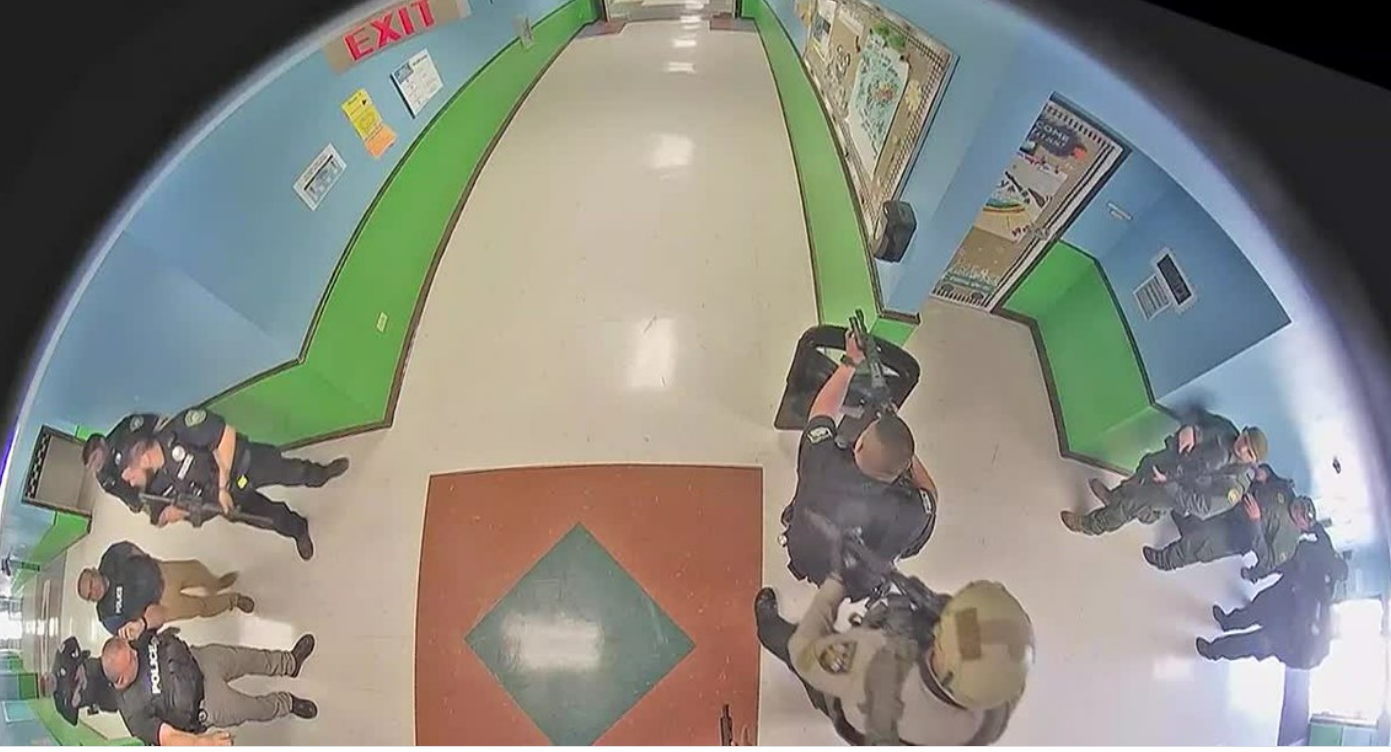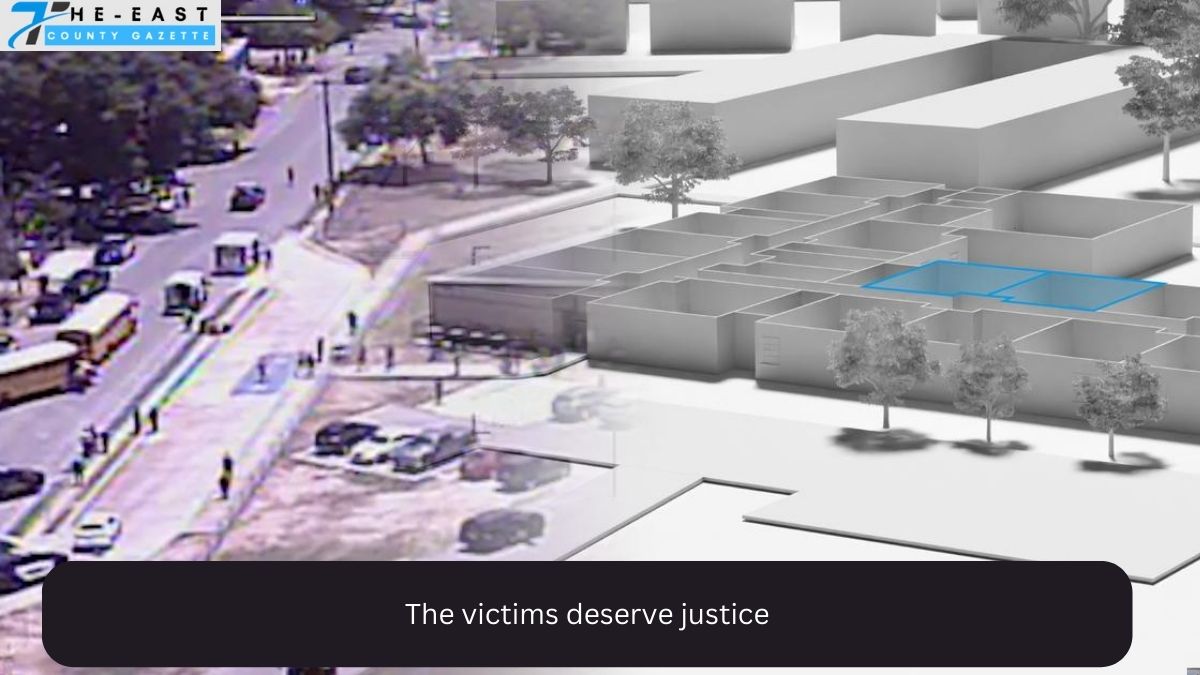Eva Mireles was shot in the chest while trying to protect her students from the gunman’s semiautomatic weapon. The fourth-grade teacher at Robb Elementary was still alive when officers brought her out of Room 112 and down a corridor lined with dead and dying bodies.
No, you’re good to go. Uvalde school district police officer Ruben Ruiz, her husband, told her, “You’re alright.” Ruiz had been desperately trying to save her from the beginning of the attack. Mireles stared at him but was at a loss for words. For over an hour, she had been hemorrhaging.
To tend to her injuries, police officers took Mireles outside, beyond one of the school’s exits. Even though two ambulances were seen on film, parked about 100 feet distant just around the corner of the building, a medic later claimed to investigators he had not seen them.
A total of 21 people, including two educators and 19 kids, lost their lives
 Experts stated the victims‘ prospects of survival were reduced because of the sloppy medical response depicted in camera footage, investigative records, interviews, and radio traffic from the night of May 24. A total of 21 people, including two educators and 19 kids, lost their lives.
Experts stated the victims‘ prospects of survival were reduced because of the sloppy medical response depicted in camera footage, investigative records, interviews, and radio traffic from the night of May 24. A total of 21 people, including two educators and 19 kids, lost their lives.
According to experts, the most significant barrier to victims receiving prompt care was law enforcement’s well-documented reluctance to approach the shooter who terrorized the school for 77 minutes. However, new documents obtained by ProPublica, The Texas Tribune, and The Washington Post reveal that miscommunication and unclear lines of authority among medical personnel further impeded treatment.
Three people who left the school with a pulse ultimately succumbed to their injuries. Medical records show that medical care for Mireles, 44, and student Xavier Lopez, 10, was delayed because essential resources were not accessible when clinicians anticipated them to be.
Another student, 9-year-old Jacklyn “Jackie” Cazares, was shot and probably lived for more than an hour before being rushed to an ambulance. She tragically passed away while being transported.
Ambulances, air transport, and other emergency services were delayed because of the chaotic medical response, which frustrated medics. An unnamed fire department officer urged medical helicopters carrying life-saving blood supplies to wait at an airport three miles away from the school when they attempted to land there.
Ambulances couldn’t get to the scene where people were injured because of the dozens of police cars parked in the way
After the shooter was eliminated, just two ambulances could be seen waiting outside the school, according to footage from multiple officers’ body cameras and a police car’s dashboard camera.
Even though more ambulances started arriving 10 minutes later, that was far from enough for the ten or more gunshot victims still alive. Emergency medical services documents from Texas show that six pupils, including one critically injured, were transported to a hospital in a school bus without any qualified medics on board.
Though helicopters were on hand, none were dispatched to evacuate victims from the institution. At least four survivors were taken by ambulance to a nearby hospital or airport before being airlifted to a better-equipped trauma center in San Antonio.
Since May, law enforcement officials have publicly justified their officers’ actions, saying they were reasonable under the circumstances. Authorities at the federal, state, and local levels who responded to the incident have not commented on the medical response nor provided extensive answers to issues raised by the news organizations that conducted the joint inquiry.
According to Eric Epley, director of the nonprofit organization Southwest Texas Regional Advisory Council, which helps organize trauma care in Southwest Texas during mass-casualty events, medics faced difficulties, such as a malfunctioning radio system.
It’s “inherently complicated, hard, and chaotic,” Epley wrote in an email. Later he elaborated, saying, “We remain steadfast that the judgments by the on-scene medical leadership were solid and appropriate.”
The Texas Rangers, a division of the state Department of Public Safety, are looking into what went wrong in Uvalde, including whether or not any victims could have been saved if they had received immediate medical care. The local district attorney has stated that she will use the inquiry results to decide whether or not to file criminal charges against anyone, including police enforcement personnel.
source: ksat.com

